
Valerie Caraballo: Redefining what a nurse is and can be
After almost 200 years of modern nursing, the role of a nurse has seen some shifts; Valerie Caraballo is a shining example, as she works tirelessly to give…
Diversity and representation in any profession is very important.
But in the nursing field, having professionals who represent the communities they serve can literally be a matter of life and death.
When a nurse or other medical professional reflects the ethnicity of their patients, it can go a long way towards strengthening communication efforts and promoting healthy lives in the most crucial situations.
Added to that, culturally competent medical care can also create an environment where prospective patients won’t experience fear or skepticism in going to see a doctor.
In terms of serving the Latino population in the U.S., the medical profession has far to go as it pertains to representation, inclusion, and culturally competent care.
Despite the fact that Hispanics make up about 18 percent of the U.S. population, only about four percent of nurses in the country have a Hispanic background.
This dynamic is one that Valerie Caraballo hopes to see change for the betterment of medical professionals and patients.
With a nursing career spanning nearly three decades, Caraballo has been a force in serving her community and addressing the health needs of the Hispanic community.
“We need more diversity in nursing… so we can relate better and we can provide better effective health outcomes for our patients,” Caraballo said during an interview with AL DÍA in April.
“We are a growing population of Latinos, and we know that there are so many healthcare barriers that influence care,” she added.
With roles as a staff nurse and later research coordinator at Children's Hospital of Philadelphia, emergency department staff nurse at Virtua Health, and family nurse practitioner for MinuteClinic and now Cooper University Health Care, Caraballo has a variety of experiences within the medical field.
Her other roles as an adjunct professor, and two years as president of the leading local professional organization promoting Hispanic nurses, have helped further extend that mission.
For some in the Hispanic community, entering the nursing profession can be challenging; there are also significant difficulties faced in addressing the healthcare needs of the Hispanic community. With her history as a Latina nurse practitioner and a leader in both her profession and community, Caraballo serves as a shining light to the Philadelphia region.
Caraballo said that even for her, though, the path to nursing was not straightforward.
The distinction of being a first generation college student made it challenging for her to decide which career path she wanted to enter.
“When I went to college, it was a little bit hard for me to navigate and decide what I wanted to be. I didn’t have many mentors at that time,” she told AL DÍA.
A lack of role models is one of several challenges that Hispanics and other ethnic groups are often presented with in pursuing certain careers.
The fewer people in the profession one feels they can relate to, the less likely it is for that individual to believe they can see themselves entering that particular professional sphere, and achieving success.
However, for Caraballo, a love for science and math eventually opened the doors to the medical profession.
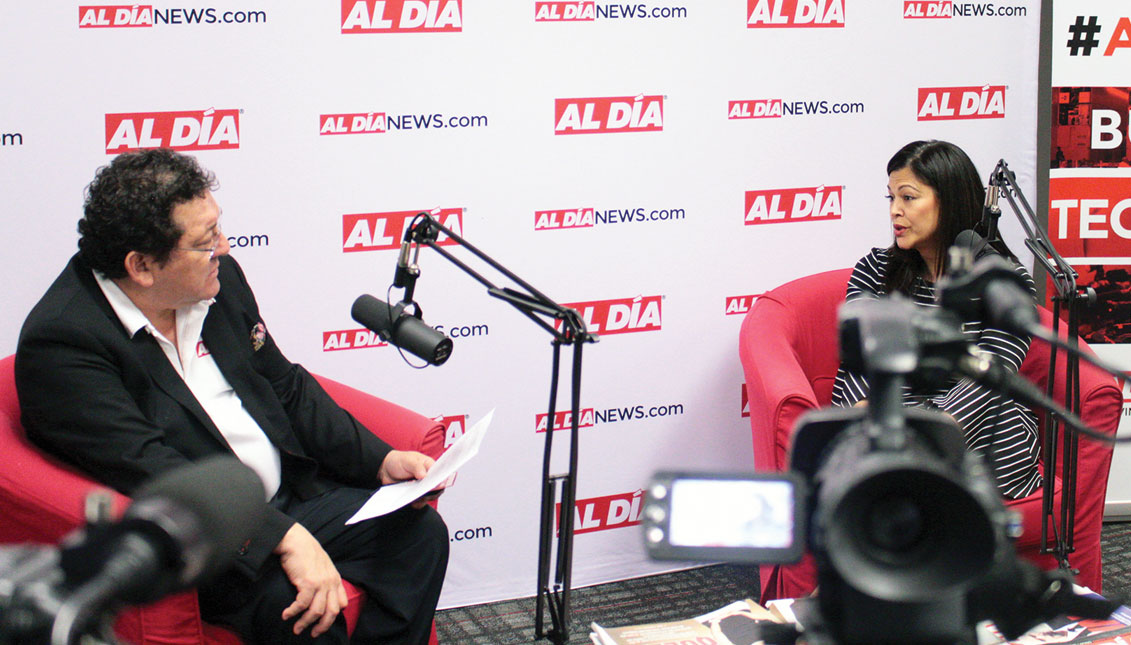
During her junior year of college, she decided to volunteer with an emergency medical services squad.
There, she had the opportunity to see firsthand what nurses and physicians do in the emergency room setting.
The day when she shadowed one nurse in particular, Juanita Figeruoa, served as a defining moment for Caraballo that opened her eyes to the impact she could have not just as a nurse, but as a Latina and bilingual nurse, in providing care to Hispanics and all communities.
That day, a Latino father rushed into the emergency room with his young son, who had gotten hit by a mail truck.
Figeruoa’s ability to speak with the father in Spanish and calm him during a horrific, stressful moment inspired the young Caraballo, who admired how the nurse was able to also quickly get the stretcher, and bring the boy into the trauma room.
“I kind of stood back, but I watched how she just took care of everything—her and her nursing colleagues,” Caraballo recalled.
“And then the physician walked in, and I just got excited and scared, and I said, ‘This is what I want to do. I want to be an emergency room pediatric nurse.’”
Despite not having many mentors prior to that moment, or even peers within the nursing program who could really understand her culture and background, that volunteering experience was the determining factor in Caraballo’s journey into the profession.
She would later earn a biology degree at Chestnut Hill College, before transferring to Temple University, where she earned her certification to become a registered nurse.
Thereafter, she officially started her postgraduate career as a staff nurse at St. Christopher’s Hospital for Children.
In honor of Florence Nightingale, the founder of modern nursing, National Nurses Week is celebrated each year from May 6 to May 12.
It functions as a time to recognize the contributions and positve impact of nurses across the United States.
For about as long as nursing has been a profession, women have been a significant majority within the field.
However, according to a report from the U.S. Census Bureau, the proportion of male registered nurses has more than tripled since 1970, while the proportion of male licensed practical and vocational nurses has more than doubled since that time.
While women still represent a large percentage of nurses in the United States, the dynamic has shifted, as more men are being enrolled and accepted into the nursing field.

Caraballo noted that in addition to the image of nurses often being that of a woman, there is also a misconception that nurses are primarily just assistants or “helpers” for doctors.
“We’re more than that,” Caraballo affirmed. “As nurses, we critically think. We are trained to be able to assess a situation and offer a resolution to it working with the doctor, alongside them, not beneath them.”
Though the ratio of men to women in the field and the level of diversity in nursing are both slowly shifting, Caraballo hopes to see an increase in people of different backgrounds going into the profession.
Another shift in the nursing career that Caraballo highlighted are the actual duties and responsibilities of a nurse.
“You can provide care for your patients in the hospital, but it’s so much more than just bedside nursing,” she said.
Whether it’s administrative, research, managerial, pharmaceutical, education, or other areas, there are numerous routes a person can take within the medical and nursing field that aren’t relegated simply to direct patient care at a hospital.
As someone who is very passionate about going beyond the walls of the hospital or doctor’s office in order to be present in the community, Caraballo relishes the opportunity to engage with Latinos and educate them about fun ways to exercise, remain active, and cultivate a healthy lifestyle.
According to a 2018 study by the Associated Press-NORC Center for Public Affairs Research, nearly 6 in 10 Hispanic adults have had a difficult time communicating with a health care provider because of a language or cultural barrier.
In 2005, Dr. Glenn Flores, currently the Chief Research Officer for Connecticut Children’s Medical Center, conducted a study looking at how language barriers impact healthcare for Latinos.
RELATED CONTENT
“In psychiatric settings, LEP patients have a greater likelihood of a diagnosis of more severe psychopathology, are more likely to leave the hospital against medical advice, are less likely to establish a good rapport with the physician or other healthcare provider, are less likely to receive an adequate explanation of their therapeutic regimen and are less likely to give feedback to their physician or other healthcare providers,” the study read.
Those factors can all have an adverse impact on an individual’s health, and should be taken seriously. Caraballo said having more diversity in healthcare will provide the opportunity for nurses and patients to communicate with and educate one another more effectively.
Another barrier Hispanics often face is education and support in accessing preventative care measures.
According to the Centers for Disease Control and Prevention (CDC), heart disease and cancer in Hispanics are the two leading causes of death.
Preventative healthcare helps promote early detection for those types of conditions, and many Hispanics, often due to the language barrier or other factors, may not know about their disease until it’s too late.
Other barriers to preventative health measures include social and economic circumstances and environmental factors, as well as a lack of insurance and access to healthcare.
However, Caraballo noted that many of these barriers can be addressed through having more Latino and Spanish-speaking medical professionals.
“We can’t do that alone,” Caraballo affirmed. “We need more Latinos to get into the field, so that way we can address the healthcare needs of our community, for our Latinos.”
“I think NAHN is doing a great job of pushing for leadership, pushing for more Latinos to join boards, and become faculty members,” Caraballo said.
The organization recently launched an ad campaign to encourage more Latinos to go into nursing, and explain the impact that diversity in the field can ultimately have on the quality of care.
Prior to 1975, there was no national organization looking to serve the professional and leadership development needs of Hispanic nurses. Today, there are more than 40 local chapters of the association throughout the nation, all devoted to providing an important voice for the Hispanic community’s health care issues and education.
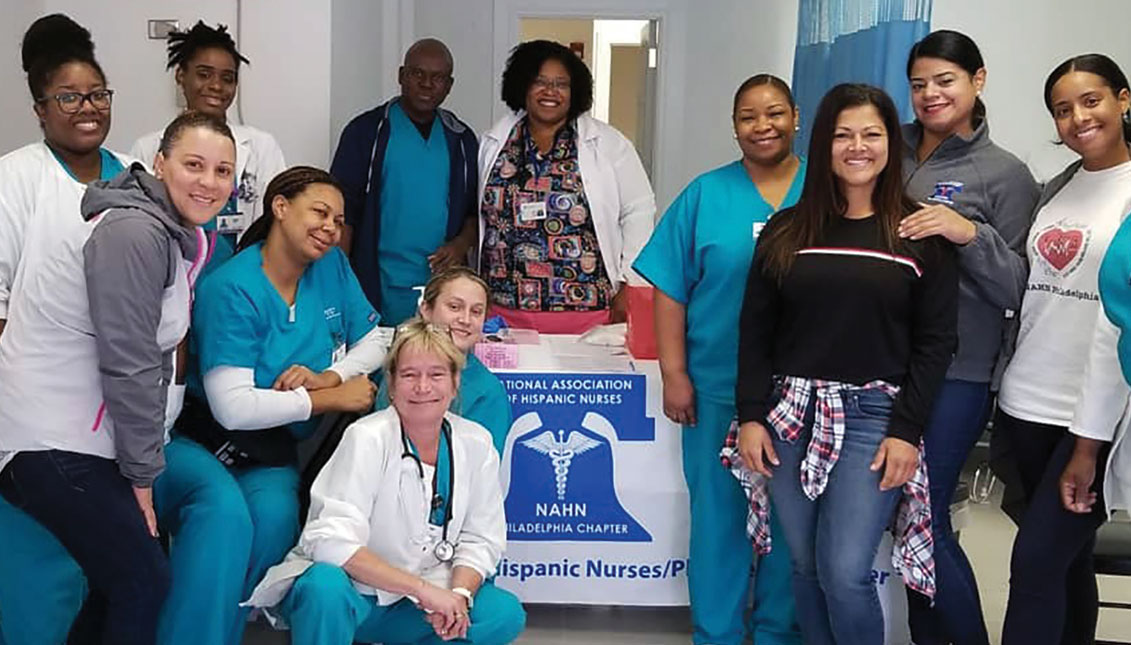
“It’s really great that we have more of these leaders in these roles, so that way those students who are interested in getting into this field have support when they do choose nursing as a career,” said Caraballo.
As a member since its inception in 1997, and the immediate past president of the Philadelphia chapter of the association, Caraballo praised the push that the nurses have made in their commitment towards building more Hispanic nurses and leaders in the medical profession.
In her role, Caraballo started a scholarship for students who don’t have the funds to study nursing, and works with many Latino community and health organizations, such as Concilio, Congreso, and Jefferson Health in collaborative efforts to help support Latinos interested in entering the profession.
As the nationwide opioid epidemic continues to grow, one of the things Caraballo wants to do in the near future is set up an educational conference to provide training for nurses, students, and practitioners to make better choices to not prescribe opioids, and look to administer alternative solutions.
“We’re going to open this up to all nurses so that they can get information, but tailor it so that way we can actually see what’s going on in our Hispanic community,” she added.
Culture tends to influence many things, and that includes opioid use and reactions.
“I hope that I can inspire them,” she said of the next generation of aspiring nursing professionals. “I hope that students could look to me as a mentor to support them.”
Throughout her career, Caraballo has come to learn that she has sometimes indirectly supported and inspired students to become nurses, which she said is one of the best rewards for the work she does.
Helping serve the Hispanic community and provide students with the tools they need to advance in their career is something Caraballo prides herself on doing. She feels being present and active in the community is the most effective way to further that mission.
“Going out there, talking to them about the profession, answering whatever questions they may have, introducing them early on to what college is all about, what nursing is all about,” she said. “Bringing them into your facilities so they can see firsthand what it is to be a nurse, what it is to be a physician.”

“I think that firsthand [experience] would just either make that student know that they want to get in or not get into the profession...
“But I think that’s what we need, having more conversations with them, introducing it to them,” she added.



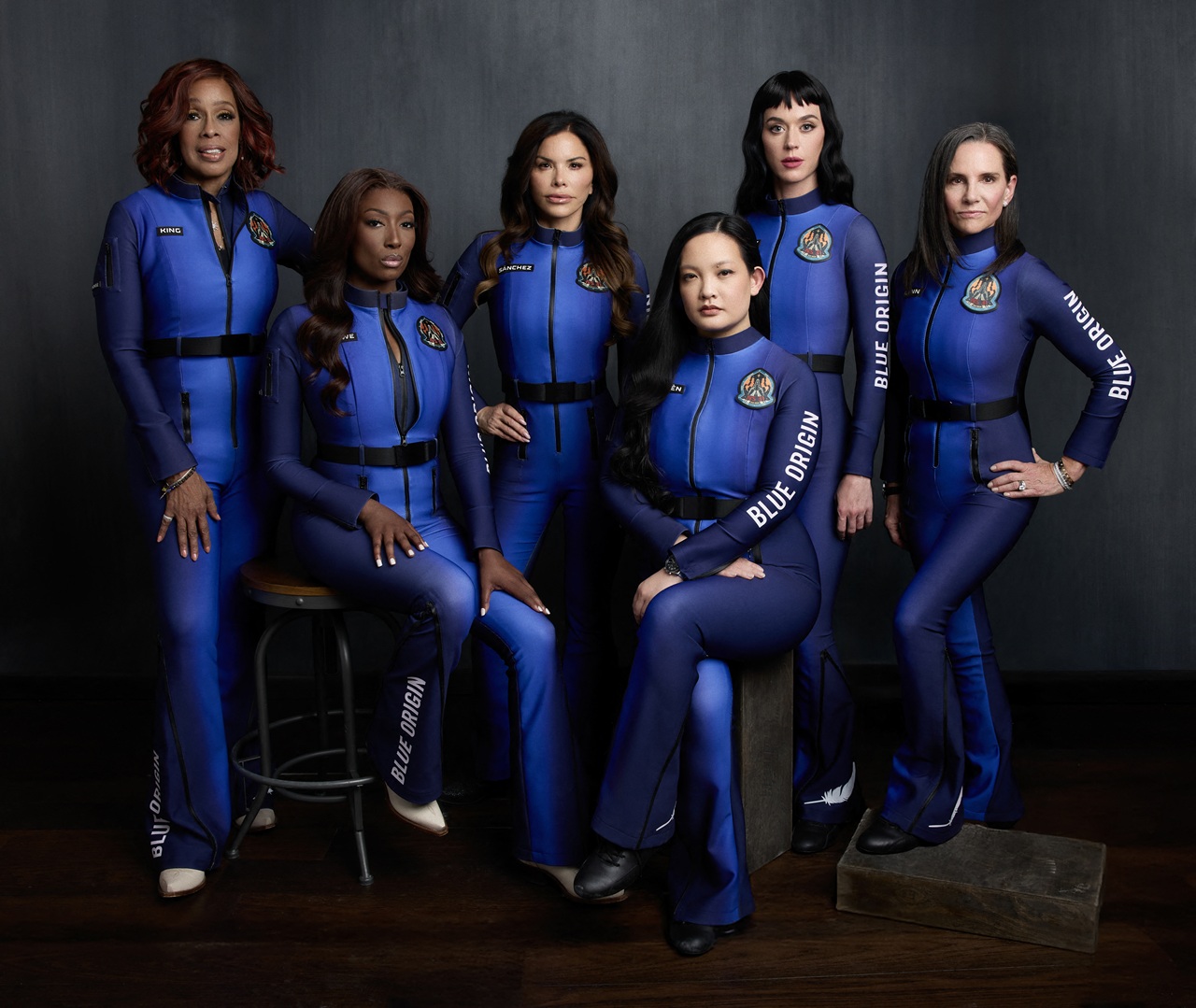



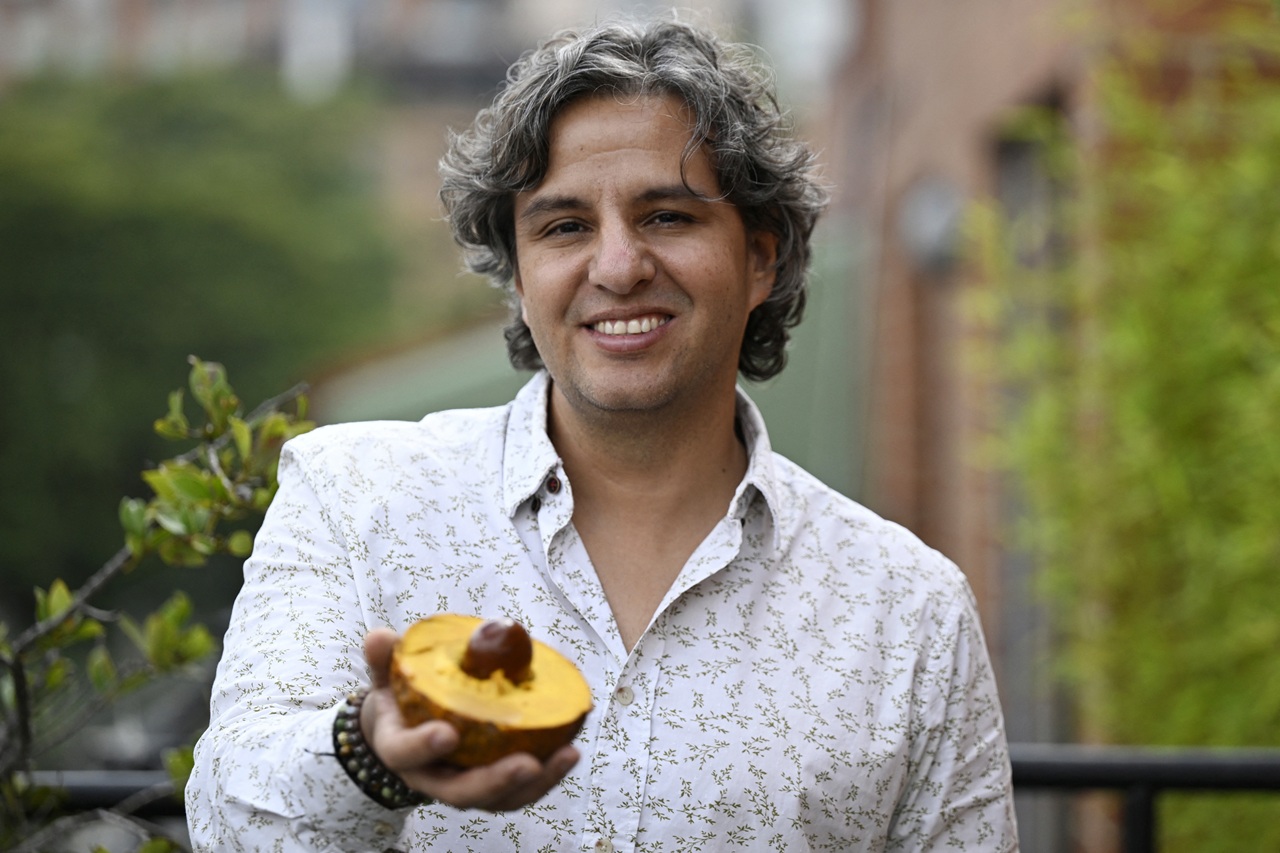
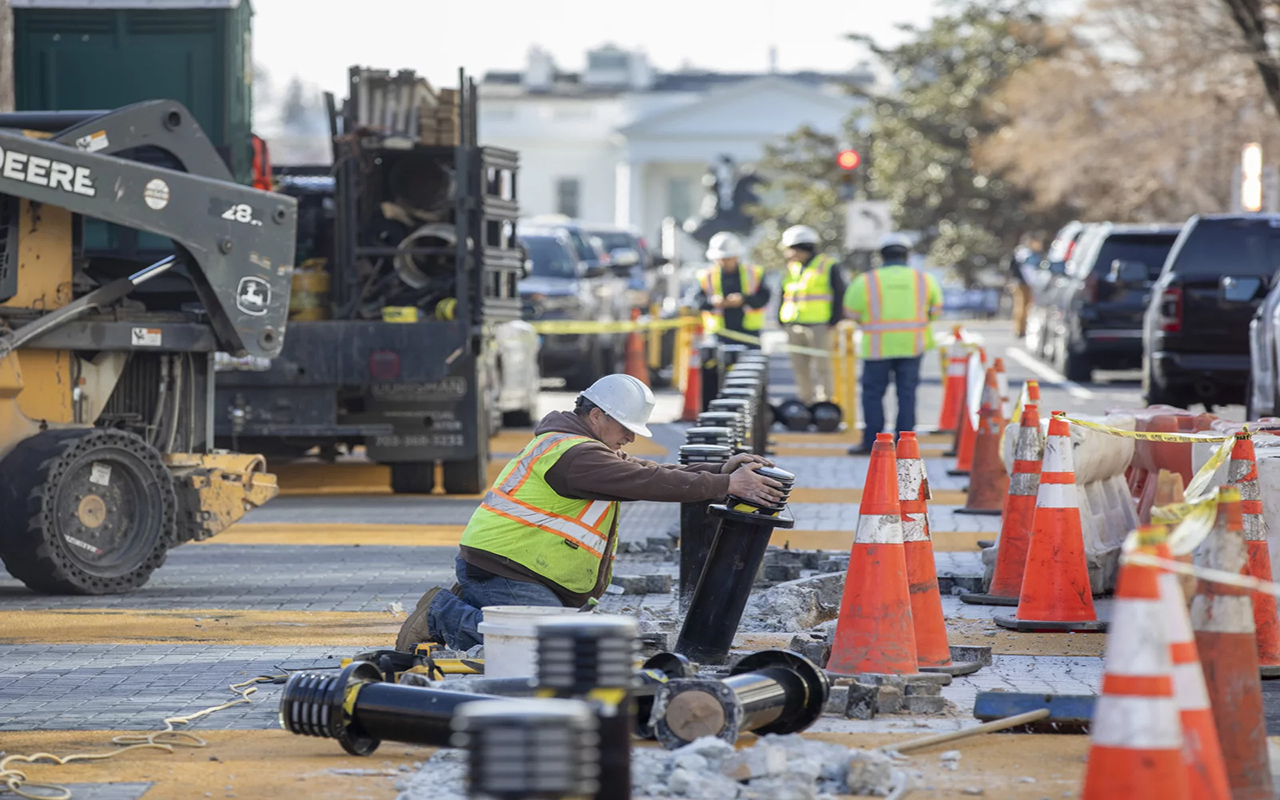
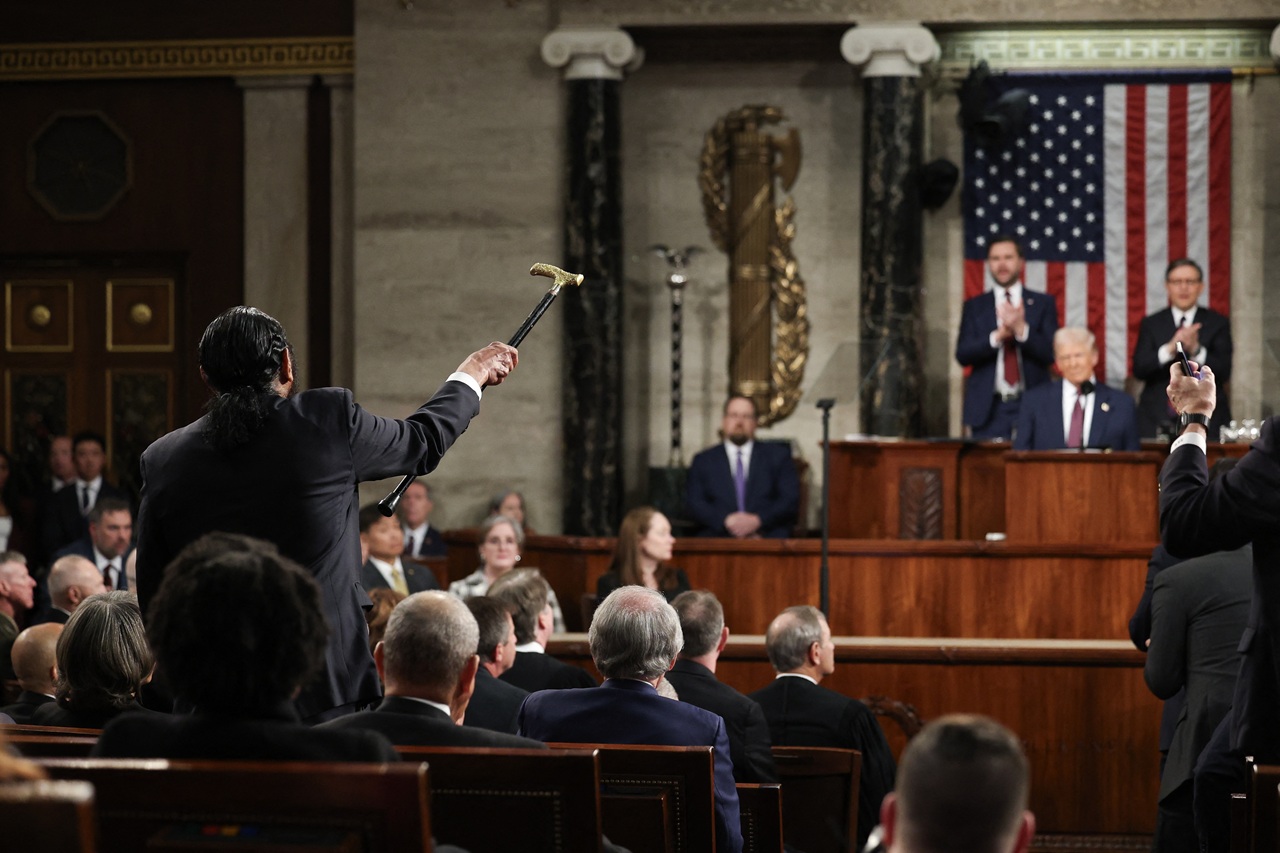

LEAVE A COMMENT: